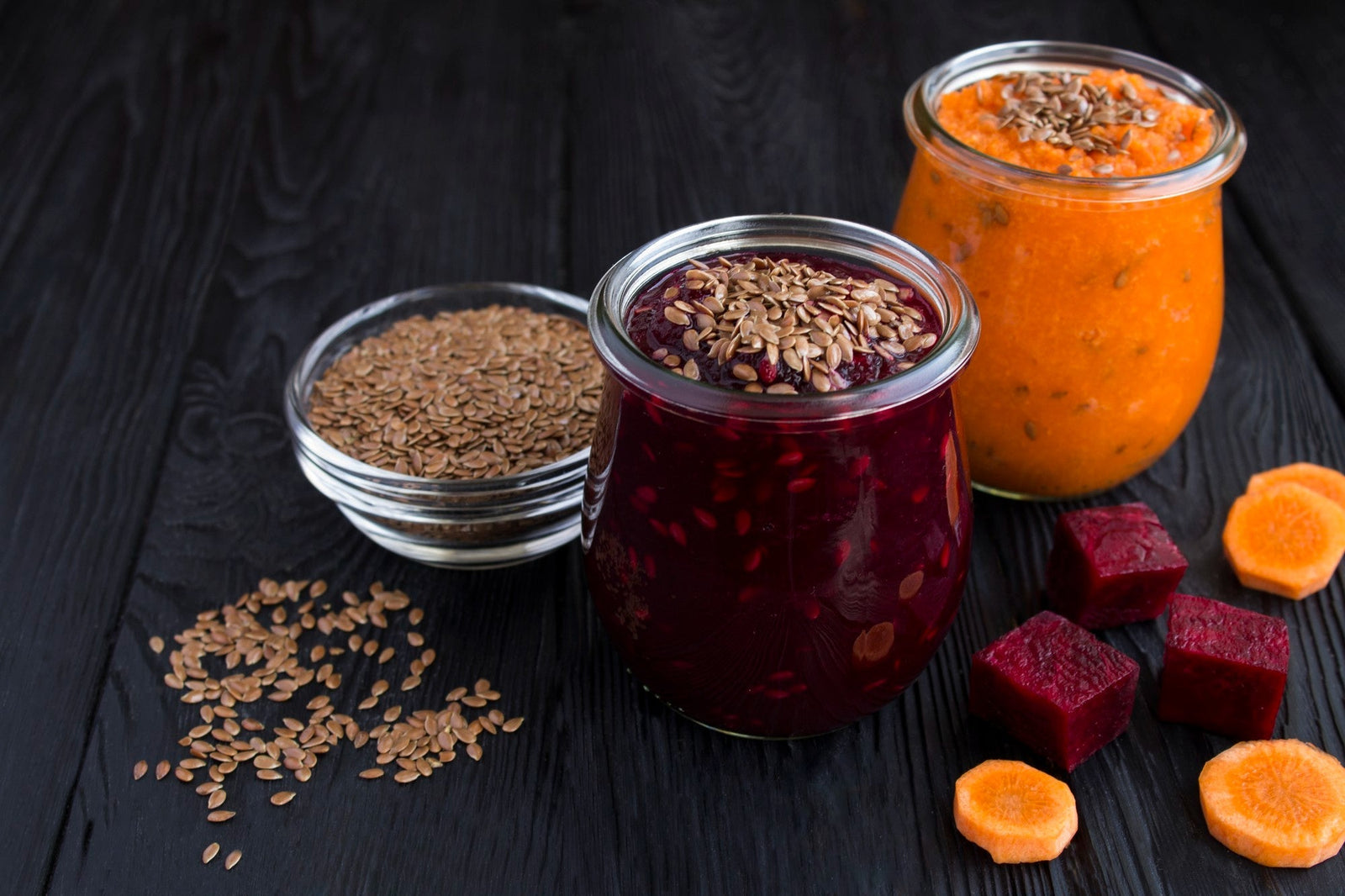
March 02, 2021 2 min read
Origin of brown basmati rice
Basmati Rice is a long-grain rice that originates from the Indian sub-continent and is well known for its aromatic fragrance and delicate flavor. Long grain rice is famous for its delicious flavor, sweet-smelling aroma, and firm consistency and when cooked basmati rice grains remain fluffy yet separated making it a suitable option for savory rice dishes as well as for plain boiled rice. Basmati rice is native to Pakistan, Nepal and India. There are several varieties of basmati rice. According to the Agricultural and Processed Food Products Export Development Authority (or APEDA), rice that has a minimum average length of 6.61mm is qualified to be called Basmati.

Basmati rice that has not been hulled is known as brown basmati rice. This rice variety is considered a whole grain since it has all the edible parts of the rice including the bran, germ as well as the endosperm. As a result, brown basmati rice retains more of the grain’s fiber and nutrients compared to its white rice counterpart where the germ and bran have been removed.
Stay tuned for next week's Healthy & Organic Living Blog on the nutritional value of Brown Basmati Rice. Check out our other blogs for more information on our organic ingredients here
❤ Try our USDA certified organic Brown Basmati Rice ❤
Yummy Brown Basmati Rice Recipes
Related Blogs:
Thanks for reading this Be Still Farms Blog article. To sign up for more news/articles and/or recipes, click here. For more about us, click here. To shop our certified organic products, click here.
Please comment and share and we look forward to serving you in the future!
Comments will be approved before showing up.

January 27, 2025 3 min read
Flaxseed, the tiny yet powerful superfood, is packed with nutrients that can support weight loss. From curbing hunger to stabilizing blood sugar, this guide dives into the science of how flaxseed can help you shed those extra pounds.

December 11, 2024 3 min read
Discover three quick and easy soup recipes featuring organic small red beans. From a classic vegetable soup to a creamy potato blend, these wholesome recipes are perfect for chilly days and busy weeknights. Packed with flavor and nutrition, these soups will warm your heart and soul this winter!

December 06, 2024 3 min read
This vibrant and nutritious Green Lentil Salad combines tender lentils with grilled chicken, fresh vegetables, and a zesty lemon dressing. Packed with protein, fiber, and essential vitamins, it’s the perfect healthy meal for any time of day.
© 2025 Be Still Farms- Real, Fine Organics.
Privacy | Terms | Refund Policy | Organic Certification
